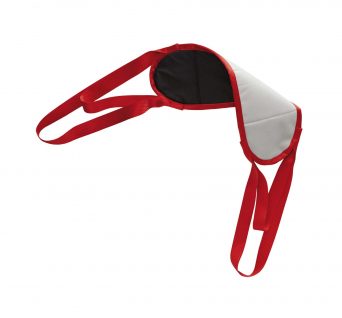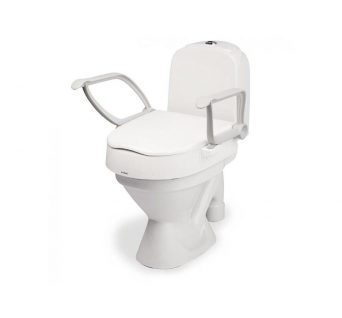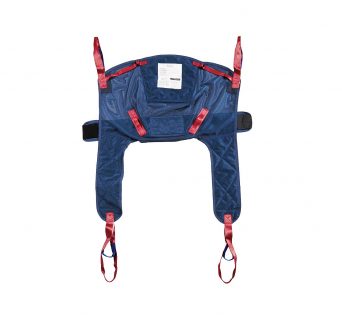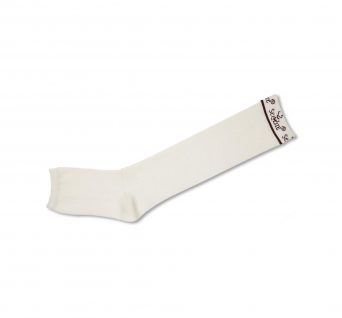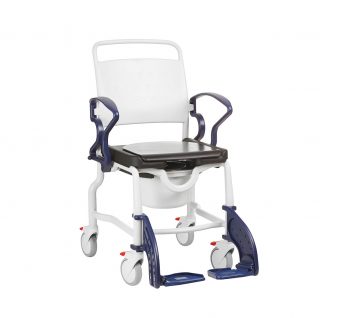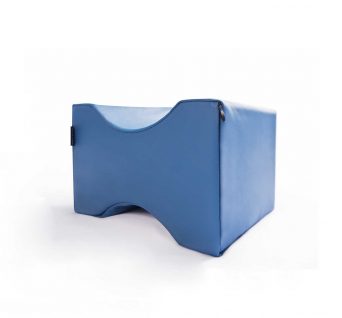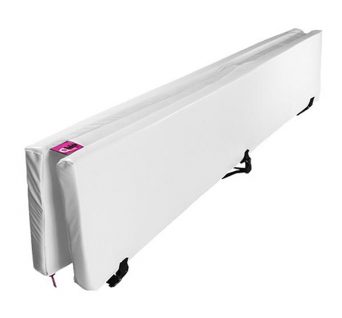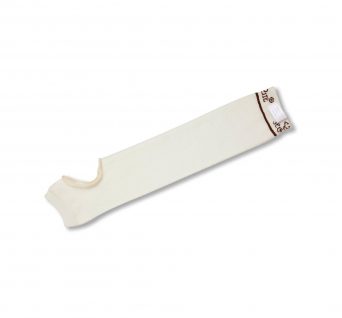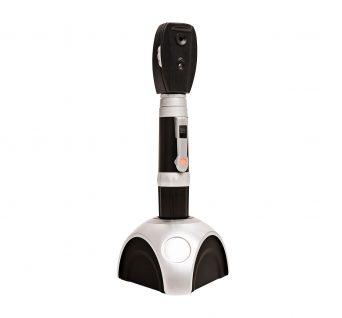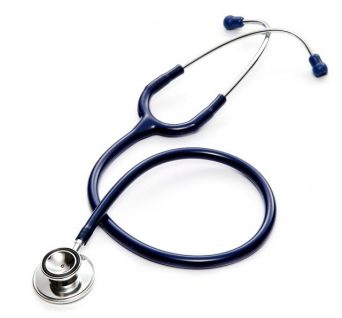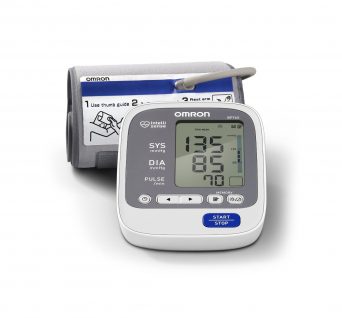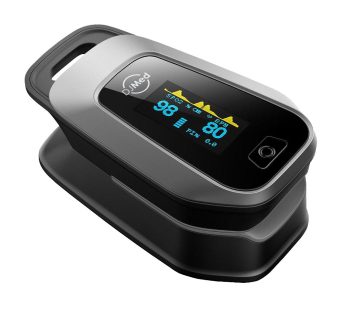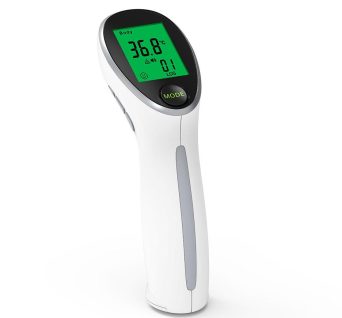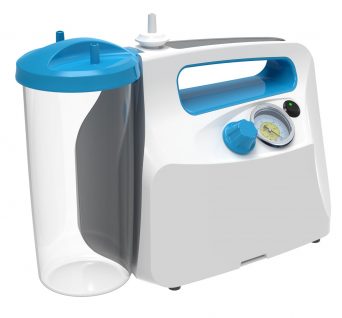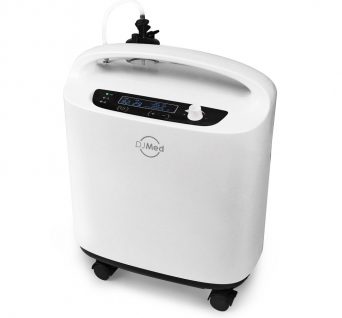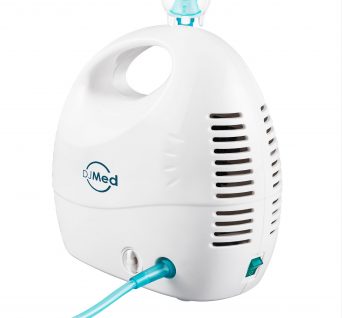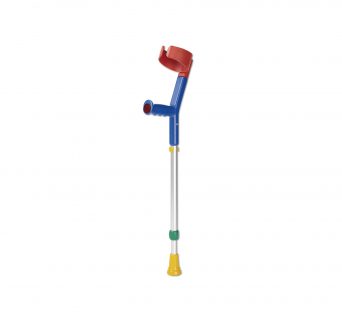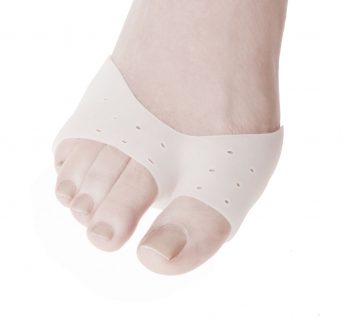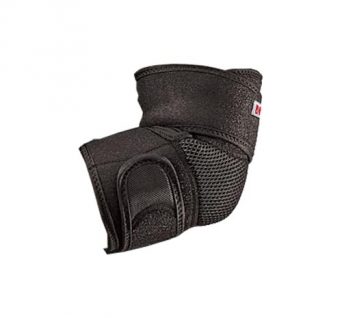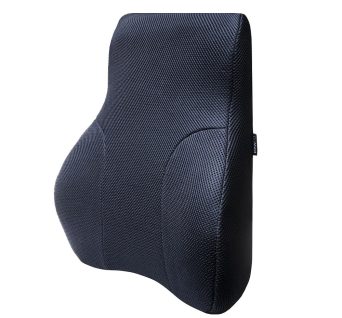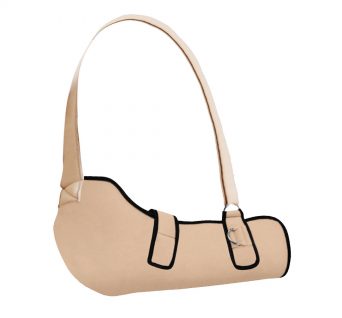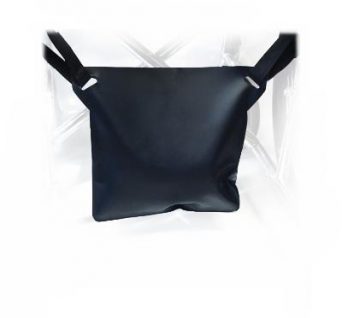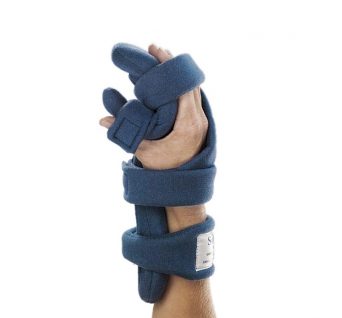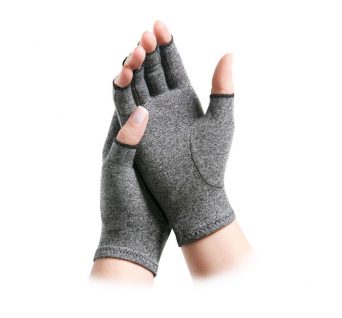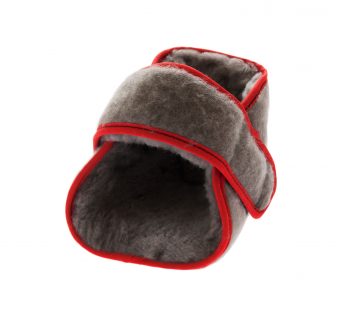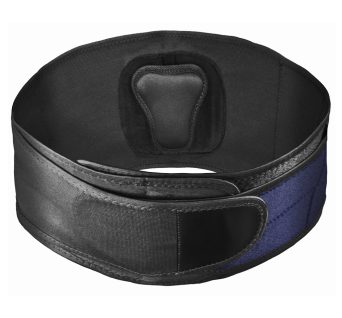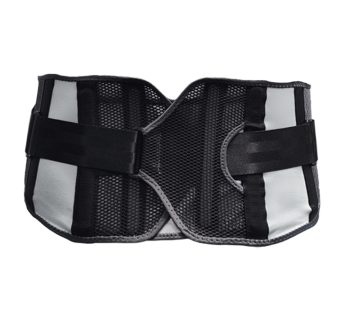No products in the cart.
Back Braces
Showing all 2 results
- Back Braces
Adjustable Back Brace Support Belt
Helps relieve lower back pain while providing support to strains, sprained, and aching backs
Back Brace has internal adjustment straps to target the compression for a custom fit. It also has mesh panels that release heat and moisture for all day comfort.
4 stays provide additional lumbar support. Simply pull the tabs and have total control over the amount of compression you want to achieve.
SKU: 3292
Back Braces & Belts
Back braces and belts are orthopedic devices designed to provide support, stability, and compression to the lumbar (lower) region of the spine. They are commonly used to help manage various back conditions, provide relief from pain, and promote proper posture. Back braces and belts come in different styles and designs, each catering to specific needs and conditions. Here’s an overview of their functions and uses:
1. Back Braces: Back braces, also known as lumbar braces or support braces, are typically more substantial in design and coverage. They are often made of rigid materials such as plastic or metal and are designed to limit the movement of the spine to varying degrees. Back braces may be used for:
Spinal Stabilization: Back braces are commonly used after spinal surgery or injuries to provide external support and stability while the spine heals.
Scoliosis Management: For individuals with scoliosis (sideways curvature of the spine), specialized braces can be worn to slow down or prevent further progression of the curve, especially in growing children and adolescents.
Posture Correction: Some back braces are designed to promote proper posture by discouraging slouching or rounding of the spine. They can be used to alleviate back pain caused by poor posture.
2. Back Support Belts: Back support belts, also known as lumbar support belts or abdominal belts, are typically made of softer materials such as elastic or neoprene. They provide compression and support to the lower back muscles and abdominal area. Back support belts are commonly used for:
Lifting and Physical Activities: People who engage in heavy lifting or physically demanding activities may use back support belts to help stabilize the spine and reduce the risk of injury.
Pain Relief: Back support belts can provide temporary relief from lower back pain by offering compression and warmth to the muscles, which can help alleviate discomfort.
Daily Activities: Some individuals use back support belts for added comfort during daily tasks that involve prolonged sitting, standing, or walking.
It’s important to note that while back braces and belts can offer benefits in certain situations, they are not meant to be a long-term solution for managing back issues. Over-reliance on these devices can potentially weaken supporting muscles and may not address the underlying causes of pain or discomfort. Therefore, their use should be guided by a healthcare professional, such as a physician or physical therapist, who can assess your specific condition, recommend the appropriate type of support, and provide guidance on proper usage.
Additionally, engaging in regular exercise, maintaining a healthy weight, and practicing good posture are essential components of a comprehensive approach to back health and pain management.
Does a Back Brace help if I hurt my back?
A back brace can provide temporary relief and support if you’ve hurt your back, but its effectiveness depends on the nature and severity of the injury. Back braces are often used as a part of a comprehensive treatment plan for managing back pain and promoting healing. Here’s how a back brace can help if you’ve hurt your back:
Stabilization and Support: A back brace can help stabilize the injured area of your back, providing support to the muscles, ligaments, and other structures that may have been strained or injured. This stabilization can help reduce the risk of further injury and provide a sense of relief.
Reduced Movement: By limiting the movement of your spine, a back brace can help prevent excessive strain on injured tissues. This reduced movement can also help alleviate pain by allowing inflamed or irritated structures to rest and heal.
Posture Improvement: Many back braces are designed to promote proper posture. Maintaining good posture can help reduce strain on the muscles and ligaments in your back and contribute to pain relief.
Compression and Warmth: Back braces often provide compression and warmth to the affected area. This can help improve blood circulation, reduce muscle tension, and provide a soothing sensation that may alleviate discomfort.
Reminder to Avoid Overexertion: Wearing a back brace can serve as a reminder to avoid certain movements or activities that could worsen your injury. It can encourage you to be mindful of your body mechanics and limit activities that might aggravate your condition.
However, it’s important to keep in mind that while a back brace can offer relief and support, it should not be relied upon as the sole treatment for your back injury. Here are a few important considerations:
Consult a Healthcare Professional: If you’ve injured your back, it’s important to consult a healthcare professional, such as a physician or physical therapist. They can assess the severity of your injury, provide an accurate diagnosis, and recommend an appropriate treatment plan, which may include the use of a back brace.
Use as Directed: If a healthcare professional recommends a back brace, follow their instructions regarding how and when to wear it. Improper use of a brace could potentially worsen your condition or lead to muscle weakness.
Combine with Other Treatments: Back braces are often used in conjunction with other treatments, such as rest, ice or heat therapy, gentle exercises, physical therapy, and pain management techniques.
Gradual Transition: As your injury improves, your healthcare provider will guide you on gradually reducing your reliance on the back brace and transitioning to more active forms of rehabilitation.
Remember that the goal of using a back brace is to support your recovery and provide relief during the healing process. It’s important to address the underlying cause of your back pain and work on strengthening your back muscles and improving flexibility to prevent future injuries.
What type of Back Braces are available?
There are several types of back braces available, each designed to address specific needs and conditions. The choice of a back brace depends on factors such as the type of injury or condition, the level of support required, and the recommendations of a healthcare professional. Here are some common types of back braces:
Rigid (Hard) Back Braces:
- Corset-Style Braces: These braces wrap around the lower back and abdomen, providing rigid support. They are often used for conditions like severe muscle strains, herniated discs, or after spinal surgery.
- TLSO (Thoracolumbosacral Orthosis) Braces: These braces cover a larger area of the spine and torso. They are used for more extensive injuries, such as fractures or after spinal fusion surgery.
- Jacket-Style Braces: Similar to TLSO braces, jacket-style braces provide full upper body support and are used for more serious injuries or spinal deformities.
Semi-Rigid (Semi-Hard) Back Braces:
- Lumbosacral Orthosis (LSO) Braces: These braces provide a combination of rigid and flexible support. They are commonly used for conditions like lumbar muscle strains, mild herniated discs, or to support postural correction.
- Sacral (Abdominal) Belts: These belts provide compression and support to the lower back and abdominal muscles. They are often used for minor strains or to provide support during activities that involve lifting.
Soft Back Braces:
- Elastic Support Belts: These belts are made of stretchable material and provide compression and mild support. They are commonly used for minor back strains, muscle spasms, and as a preventive measure during physical activities.
- Posture-Correcting Braces: These braces are designed to encourage proper posture by gently pulling the shoulders back and aligning the spine. They can be helpful for individuals with poor posture or mild discomfort.
Dynamic Back Braces:
- Functional Braces: These braces allow controlled movement of the spine while providing support. They are often used during rehabilitation to assist with recovery after injuries or surgery.
- Spinal Unloading Braces: These specialized braces are designed to unload pressure from specific areas of the spine, such as for individuals with degenerative disc disease or spinal stenosis.
Custom-Made Braces:
- Some back braces are custom-made by orthotists to precisely fit an individual’s body and address their specific condition. These braces provide tailored support and can be more effective for complex or unique cases.
It’s important to note that the use of a back brace should be guided by a healthcare professional, such as a physician or physical therapist. They can assess your condition, recommend the appropriate type of brace, ensure proper fitting, and provide guidance on how to use the brace effectively as part of your treatment plan. Additionally, a back brace is often just one component of a comprehensive approach to managing back pain or injuries, which may include exercise, physical therapy, pain management strategies, and lifestyle modifications.

